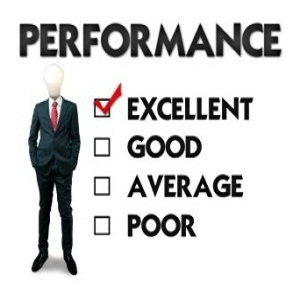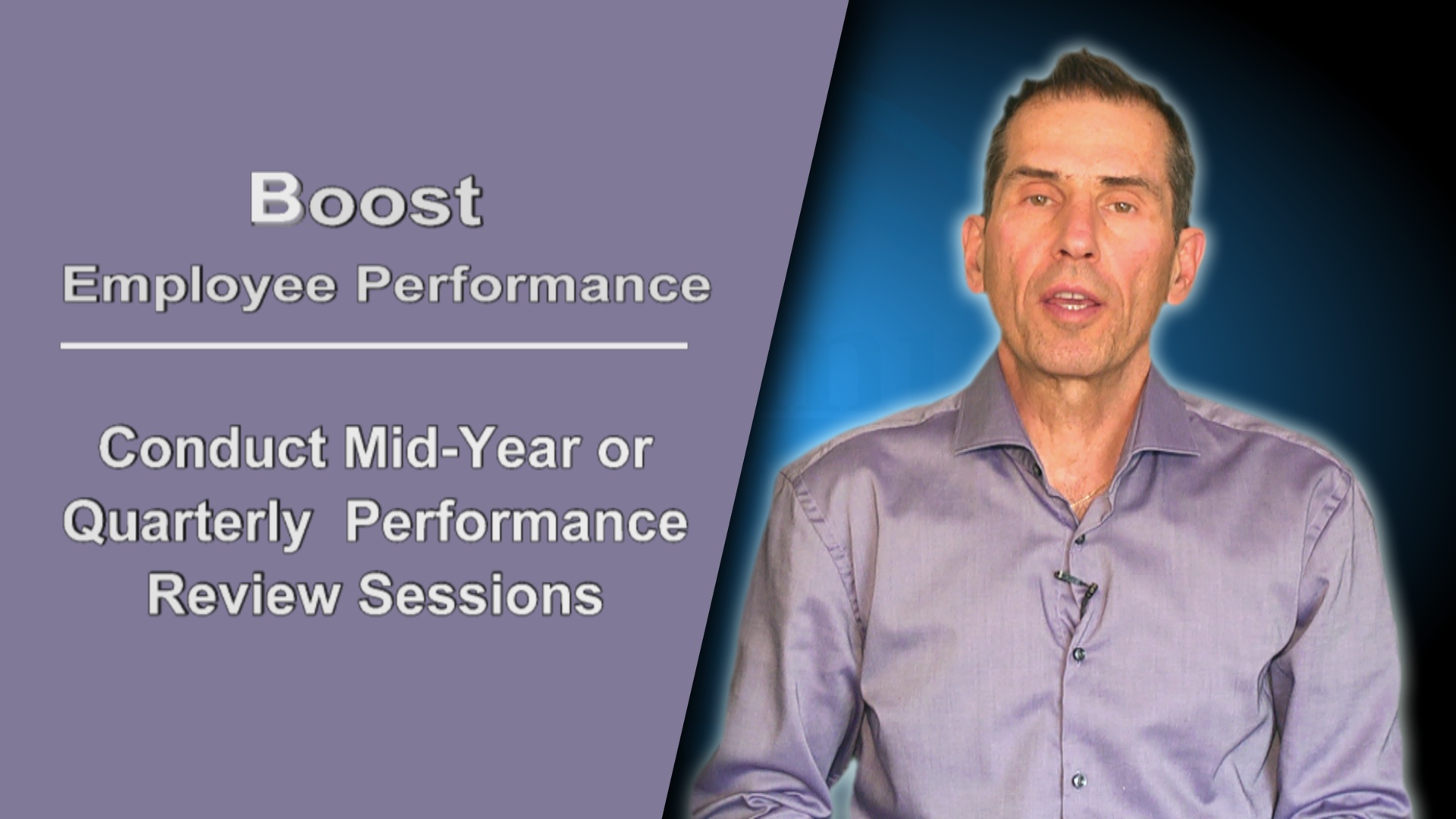An employee performance review is an important aspect of managing employee performance. Most companies have a policy to do an annual review at the minimum. Many small businesses don’t have a formal process but good leaders will take the time to sit down and discuss performance with employees.
There are some good reasons why you should conduct regular employee performance reviews more often than just once a year.
- Employees need to know how they are doing on the job. An employee performance. review will act as a scorecard
- An opportunity to set new performance improvement objectives.
- Identify and solve problem affecting performance.
- Get a sense of how the employee feels about their job.
- Identify ways you could better support the employee.
- Develop training and development opportunities.
- Give employees feedback and positive reinforcement.
- Build trust and collaboration.
- Evaluate yourself as a leader and manager through their feedback.
- Improve employee retention.
Conducting the employee performance review
 Some companies have a structured approach for managers to use to conduct the employee performance review. Even if your company does not have a structure in place, it can be quite simple.
Some companies have a structured approach for managers to use to conduct the employee performance review. Even if your company does not have a structure in place, it can be quite simple.
- Use a job description to review responsibilities and tasks. If you don’t have job descriptions this would be a good opportunity to put them in writing. Check out my articles and videos on job descriptions.
- Schedule the date to meet each employee. Send out a calendar invitation with a brief explanation of the purpose of the meeting.
- Start the meeting with the employee by putting them at ease. Explain the purpose of the review is to discuss and agree on performance, set improvement objectives and identify ways to better support the employee.
- Review the key responsibilities and tasks and ask the employee to evaluate how they think they are doing on a scale of 1 to 10, 10 being excellent. Do the same so you can compare notes.
- Compare the employee’s perception with your own. Discuss any discrepancies in perception and come to an agreement on the score.
- Set performance improvement objectives for high-priority responsibilities and tasks.
- Ask the employee to give feedback on your leadership and management. Ask what they need from you to do their job better
- Summarize the commitments from the employee and yourself for performance improvement objectives.
- Set a date for any coaching that would be required to achieve the performance improvement objectives.
- Set a date for the next review session and add to your respective calendars.
Following these steps will ensure a successful employee performance review meeting and help you realize the benefits that were listed above.
 Often the biggest obstacle is time. Everyone is busy doing many things and it is easy to put aside this important activity. However, this is an essential aspect of good leadership and employee performance management. The solution is to commit and schedule the time in your calendar.
Often the biggest obstacle is time. Everyone is busy doing many things and it is easy to put aside this important activity. However, this is an essential aspect of good leadership and employee performance management. The solution is to commit and schedule the time in your calendar.
The other obstacle is fear or discomfort. Many people perceive an employee performance review as an unpleasant experience. At first this may be the case if you have not done it on a regular basis. But you can make this a pleasant experience both for yourself and the employee by following the steps listed.
